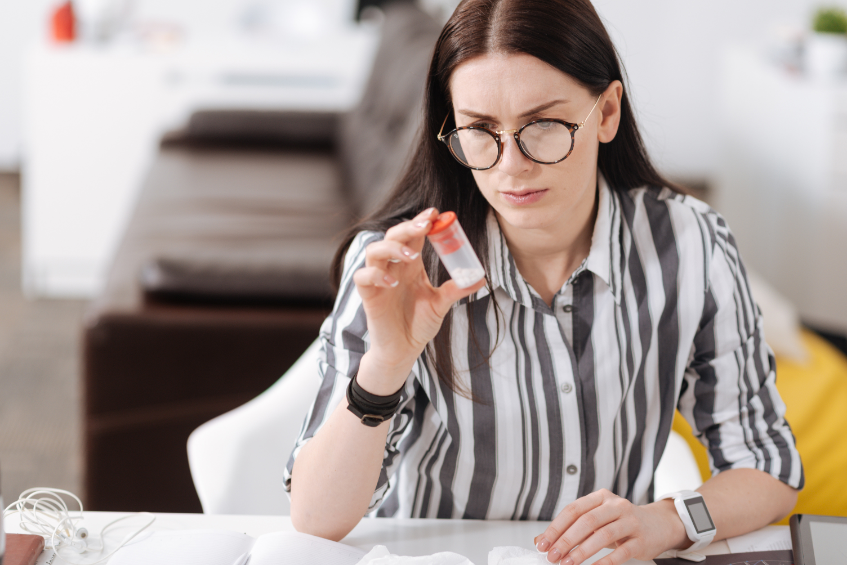More Than A Shoulder Ache
Shoulders are essential for lifting objects, throwing, and reaching overhead. These joints are also prone to injuries, like a rotator cuff tear. Each year, over 3 million persons have rotator cuff injuries. The rotator cuff consists of muscles and tendons that keep the shoulder in place. Although there are millions of injuries, most can heal with rest and physical therapy. However, in severe circumstances, a doctor may recommend surgery.
Types of rotator cuff injuries
Doctors will classify tears as acute or chronic. Acute injuries happen when the rotator cuff is torn or strained from a one-off event. This injury usually heals over time with rest and physical therapy. Chronic injuries occur when the shoulder is overused. These injuries are ongoing, and the pain lasts for more than 12 weeks. With chronic injuries or persistent pain, seek medical attention. The best way to get help is to know the signs of a rotator cuff tear, and these 3 signs will help.
1. Look for unbearable pain
Persons with rotator cuff tears can feel intense shoulder pain. The pain is mainly in the front of the shoulder and continues throughout the arm. With further activity, or if the person lays on the side that is injured, the pain increases significantly. Swelling and tenderness of the shoulder can also happen. While these signs can signal non-surgical treatment, a doctor may find a full-thickness tear that needs surgery.
2. Feeling a bit weak?
Over time, a tear can weaken the muscles that support the shoulder. That muscle weakness transfers to everyday activities. For instance, carrying objects or even raising the arm overhead feels difficult, and at times impossible. The pain can restrict persons from work, social activities, or sports. Gauge the strength in the uninjured shoulder against the injured one. If there’s a noticeable difference, there is a sign that corrective surgery may be necessary.
3. It’s all locked up
On moving the shoulder, some people hear a popping or cracking sound. This locking sound is called crepitus. Crepitus happens when the cartilage is worn away, or a piece of tissue is out of place, catching between the bones. The locking and cracking occur when the shoulder moves in a specific direction. Any of these symptoms point to a possible rotator cuff tear. If anyone is experiencing these issues in the shoulder area, have a doctor assess the injury.
When should you consider surgery?
There are a few scenarios where rotator cuff surgery is best. An acute injury from sports or an accident may require immediate surgery. For chronic injuries, if non-surgical methods have not worked, and the pain hampers day-to-day activities, surgery can help. Doctors also recommend this surgery for persons over 65 or persons that are active. Surgery is often scheduled within 3-6 months after the injury to give enough time to try non-surgical means.
Cleaning things up with surgery
The goal of rotator cuff repair is to reattach the damaged tendon to the bone. Based on the degree of damage, the doctor will choose the correct procedure to reduce pain and improve movement. In the past, most rotator cuff procedures were open surgeries. The surgeon would make a cut several inches long to access the tendons. Today, most surgeries happen through arthroscopy and minimally invasive means. For partial tears, the surgeon will use a technique called debridement. Debridement smooths out the parts that are damaged. Complete tears require the surgeon to stitch the tendon back to the bone. After surgery, a combination of physical therapy and pain management is needed, which can take up to 6 months.
Considering rotator cuff repair?
Many people consider shoulder pain as a part of life, especially with age. Pain and weakness in the shoulder is a sign that something needs to be addressed. The most glaring sign is weakness in the shoulder. If this happens, see a doctor immediately. After surgery, work together with the surgeon and rehabilitation specialist for a smooth recovery. Surgery and rehab will recover shoulder movement, strength and reduce pain. Anyone can correct a rotator cuff injury with the help of a doctor.



